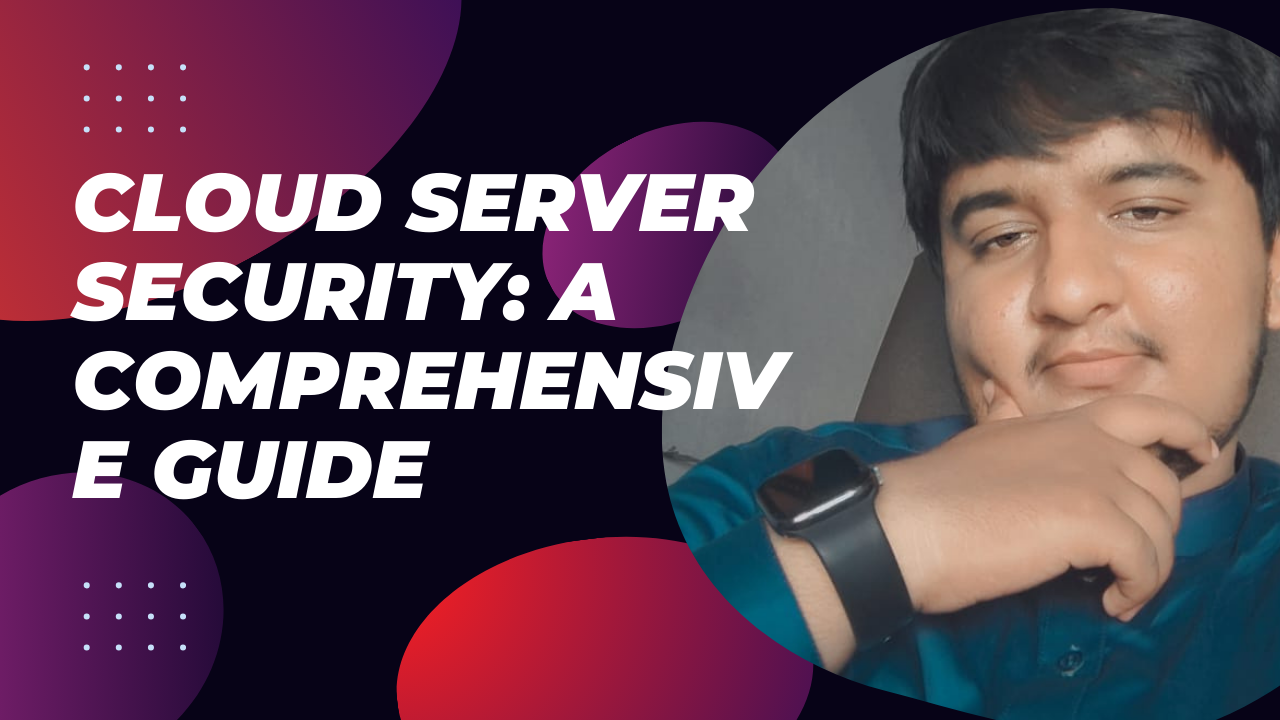Introduction
In an era where data is as valuable as currency, ensuring the security of cloud servers is paramount. Cloud server security refers to the measures and technologies used to protect data, applications, and infrastructures involved in cloud computing. As businesses increasingly rely on cloud environments, the importance of robust security mechanisms cannot be overstated. This article delves into the intricacies of cloud server security, offering insights and practical advice for safeguarding your digital assets.
Types and Categories of Cloud Security
Cloud security varies depending on the type of cloud deployment:
- Public Cloud Security: Focuses on securing services provided by third-party vendors. Public clouds are cost-effective but require stringent security measures to protect shared resources.
- Private Cloud Security: Involves securing resources that are exclusively used by a single organization. It offers more control but demands higher investment.
- Hybrid Cloud Security: Combines public and private clouds, necessitating a comprehensive strategy to manage the security of data flow between environments.
- Community Cloud Security: Shared among organizations with similar requirements. Security strategies focus on ensuring data segregation and compliance across entities.
Common Threats in Cloud Security
Understanding potential threats is the first step in building a secure cloud environment:
- Data Breaches: Unauthorized access to sensitive data can lead to significant financial and reputational damage.
- Account Hijacking: Attackers gain control of user accounts, potentially accessing confidential information and resources.
- Insider Threats: Employees or contractors misusing access can pose serious security risks.
- DDoS Attacks: Distributed Denial of Service attacks can overwhelm cloud servers, disrupting services and causing downtime.
Key Components of Cloud Security
Several components are crucial for an effective cloud security strategy:
- Identity and Access Management (IAM): Ensures that only authorized users have access to resources.
- Data Encryption: Protects data in transit and at rest, ensuring that even if intercepted, the data remains unreadable.
- Firewalls and Network Security: Serve as barriers to unauthorized access, monitoring and controlling incoming and outgoing network traffic.
- Security Information and Event Management (SIEM): Collects and analyzes security data to detect and respond to threats in real-time.
Causes and Risk Factors
Several factors contribute to cloud security risks:
- Human Error: Misconfigurations and accidental data exposure can lead to vulnerabilities.
- Misconfigured Settings: Incorrectly set up cloud environments can create loopholes for attackers.
- Lack of Compliance: Failing to adhere to regulatory standards can result in penalties and security lapses.
- Inadequate Security Measures: Skimping on security protocols can leave cloud resources vulnerable.
Cloud Security Technologies
To combat security threats, organizations can leverage various technologies:
- Intrusion Detection Systems (IDS): Monitor network traffic for suspicious activities and potential threats.
- Virtual Private Networks (VPN): Provide secure connections over the internet, protecting data from interception.
- Multi-factor Authentication (MFA): Adds an extra layer of security by requiring multiple forms of verification.
- Cloud Access Security Brokers (CASBs): Act as intermediaries between cloud service users and providers, enforcing security policies.
Best Practices for Cloud Security
Implementing best practices is essential for maintaining cloud security:
- Regular Security Audits: Frequent evaluations of security measures help identify and rectify vulnerabilities.
- Employee Training and Awareness: Educating staff about security risks and protocols can prevent human error.
- Implementing Zero-Trust Architecture: Assumes that threats can arise from inside and outside the network, enforcing strict access controls.
- Regular Software Updates and Patching: Keeping systems up to date prevents exploitation of known vulnerabilities.
Regulations and Compliance
Compliance with industry standards is crucial for cloud security:
- General Data Protection Regulation (GDPR): Protects personal data and privacy in the European Union.
- Health Insurance Portability and Accountability Act (HIPAA): Ensures the protection of health information in the United States.
- Federal Risk and Authorization Management Program (FedRAMP): Provides a standardized approach to security assessment for cloud products and services used by U.S. federal agencies.
Case Studies in Cloud Security
Examining real-world examples provides valuable insights:
- Notable Security Breaches and Lessons Learned: Analyzing past incidents highlights common vulnerabilities and strategies for improvement.
- Successful Implementations of Cloud Security: Case studies of organizations that have effectively secured their cloud environments can serve as models.
Expert Insights on Cloud Security
Industry professionals offer valuable perspectives:
- Quotes from Leading Industry Professionals: Insights from experts provide guidance on emerging threats and solutions.
- Future Trends in Cloud Security: Predictions about technological advancements and evolving security practices.
